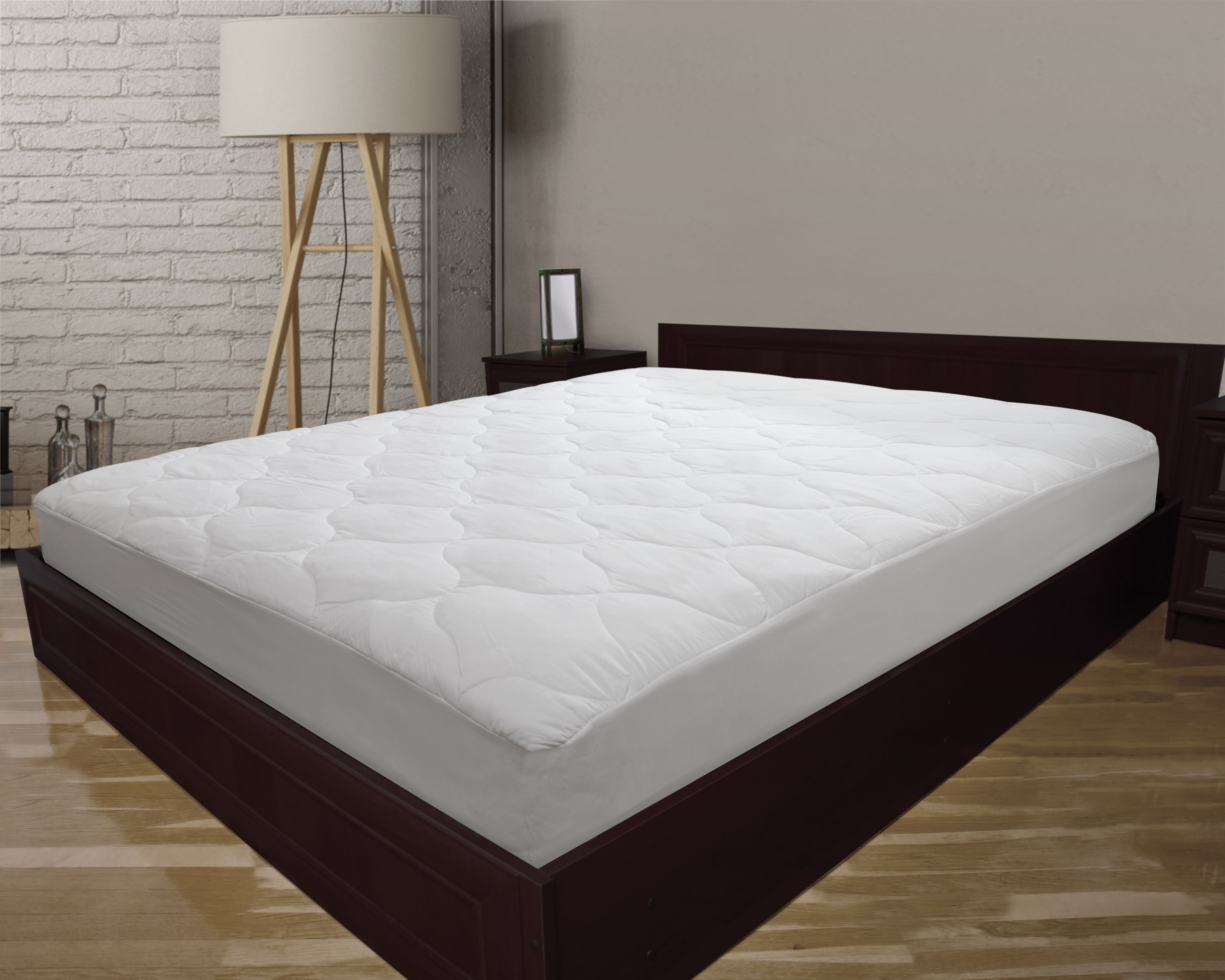When designing a kitchen, it's important to consider both style and functionality. For many, a utilitarian kitchen design is the perfect balance of practicality and aesthetics. This type of design prioritizes efficient use of space and practical features to make cooking and meal prep a seamless experience. Utilitarian kitchens are also great for those who love to entertain, as they are designed to make hosting and serving easier. Let's take a look at some key elements to consider when designing a utilitarian kitchen. 1. Designing a Utilitarian Kitchen
The first step in creating a utilitarian kitchen is to assess your needs and lifestyle. Consider how you use your kitchen on a daily basis and what features would make your cooking experience more efficient. Then, choose a layout that works best for your space and needs. The most common layout for a utilitarian kitchen is the U-shape, as it provides ample counter space and allows for efficient workflow between cooking, prepping, and cleaning. 2. How to Create a Utilitarian Kitchen
A utilitarian kitchen is all about practicality, so it's important to choose features that will make your daily routine easier. Some practical design ideas to consider include a double sink for easy clean-up, ample storage for all your kitchen tools and gadgets, and a large, industrial-style range for cooking multiple dishes at once. You can also consider installing a pot filler above the stovetop for added convenience. 3. Practical Kitchen Design Ideas
As mentioned, the U-shaped layout is the most common for utilitarian kitchens, but there are other layouts that can also work well. The galley kitchen, with two parallel countertops, is popular for smaller spaces and offers a practical workflow. The L-shaped kitchen is also a good choice, with a long countertop for meal prep and a shorter one for cooking. 4. Utilitarian Kitchen Layouts
Efficiency is key in a utilitarian kitchen, so choosing the right features is crucial. Consider adding a large, deep sink with a pull-out spray faucet for easy cleaning and prepping. Install an island for extra counter space and storage, and add hooks or shelves for hanging pots, pans, and utensils. A built-in pantry or full-height cabinets can also help maximize storage space. 5. Utilitarian Kitchen Features for Efficiency
When designing a utilitarian kitchen, there are a few important principles to keep in mind. First, prioritize functionality over aesthetics. While a beautiful kitchen is great, it's important that it also works well for your needs. Secondly, aim for easy maintenance and cleaning. This means choosing materials that are durable and easy to clean, such as stainless steel appliances and quartz countertops. 6. Utilitarian Kitchen Design Principles
In a utilitarian kitchen, function is key, but that doesn't mean sacrificing style. You can still add personality and design elements to your kitchen while keeping it practical. Consider adding pops of color with your backsplash or choosing a unique light fixture above the island. Just be sure to not go overboard and keep the majority of the kitchen focused on efficiency. 7. Creating a Functional and Utilitarian Kitchen
When it comes to designing a utilitarian kitchen, there are a few helpful tips to keep in mind. First, make use of all available space by adding shelves or drawers under cabinets, utilizing vertical space, and using corner cabinets for hard-to-reach areas. Additionally, make sure to have enough lighting in the kitchen to aid in meal prep and cooking, and invest in high-quality, energy-efficient appliances that will save you time and money in the long run. 8. Utilitarian Kitchen Design Tips
Before diving into a utilitarian kitchen design, it's important to plan out each aspect carefully. Start by making a list of must-have features and determining your budget. Next, gather inspiration from home magazines or online sources to get an idea of the style you want. Then, consult with a designer or contractor to come up with a detailed plan that includes layout, materials, and budget. 9. Planning a Utilitarian Kitchen
In a utilitarian kitchen, space is everything. To maximize space and efficiency, consider using multi-functional pieces, such as an island with built-in storage or a pull-out pantry. Additionally, utilize the walls and vertical space by installing shelves, pegboards, or racks for storage and display. Keeping the countertops as clear as possible will also help to maintain an efficient and organized kitchen. 10. Maximizing Space in a Utilitarian Kitchen
The Utilitarian Kitchen Design: Combining Function and Aesthetics

The Definition and Purpose of Utilitarian Design
 When it comes to kitchen design, the term "utilitarian" refers to a style that prioritizes function over form. Utilitarian design focuses on creating a space that is efficient and practical, with every element serving a specific purpose. This approach is perfect for those who value simplicity and functionality over decorative elements. A utilitarian kitchen is designed to make the cooking and food preparation process more streamlined, saving time and effort for the user.
When it comes to kitchen design, the term "utilitarian" refers to a style that prioritizes function over form. Utilitarian design focuses on creating a space that is efficient and practical, with every element serving a specific purpose. This approach is perfect for those who value simplicity and functionality over decorative elements. A utilitarian kitchen is designed to make the cooking and food preparation process more streamlined, saving time and effort for the user.
Main Features of a Utilitarian Kitchen
 To achieve a utilitarian design in your kitchen, there are certain features and elements that should be considered.
Maximizing Storage:
In a utilitarian kitchen, storage is key. Every item should have its designated place, making it easy to access and keeping the space organized. This design concept often includes deep cabinets, pull-out shelves, and hidden storage solutions to make the most out of the available space.
Efficient Layout:
The layout of a utilitarian kitchen is typically designed with the kitchen work triangle in mind – a concept that takes into consideration the distance between the stove, sink, and refrigerator. This layout ensures that the user can move between these three areas with ease, making cooking and food preparation more efficient.
High-Quality Appliances:
Utilitarian kitchens prioritize functionality, which means having high-quality appliances that can withstand daily use. These appliances are often designed to be energy-efficient, saving both time and money.
To achieve a utilitarian design in your kitchen, there are certain features and elements that should be considered.
Maximizing Storage:
In a utilitarian kitchen, storage is key. Every item should have its designated place, making it easy to access and keeping the space organized. This design concept often includes deep cabinets, pull-out shelves, and hidden storage solutions to make the most out of the available space.
Efficient Layout:
The layout of a utilitarian kitchen is typically designed with the kitchen work triangle in mind – a concept that takes into consideration the distance between the stove, sink, and refrigerator. This layout ensures that the user can move between these three areas with ease, making cooking and food preparation more efficient.
High-Quality Appliances:
Utilitarian kitchens prioritize functionality, which means having high-quality appliances that can withstand daily use. These appliances are often designed to be energy-efficient, saving both time and money.
The Benefits of a Utilitarian Kitchen
 There are several benefits to implementing a utilitarian design in your kitchen.
Increased Efficiency:
By prioritizing function, a utilitarian kitchen can make cooking and food preparation more efficient. With an efficient layout and organized storage, the user can save time and effort while working in the kitchen.
Aesthetically Pleasing:
While function is the main focus, utilitarian kitchens can also be visually appealing. With clean lines and a clutter-free space, a utilitarian kitchen can create a sense of calm and order.
Easy Maintenance:
Utilitarian kitchens are designed to be practical, making them easier to maintain. With designated places for everything and high-quality appliances, cleaning and organizing becomes less of a chore.
In conclusion, the utilitarian kitchen design combines function and aesthetics, creating a space that is efficient, practical, and visually appealing. By focusing on the main features of storage, layout, and appliances, this design concept offers numerous benefits for those seeking a more organized and streamlined cooking experience. So, if simplicity and efficiency are what you seek in your kitchen, consider incorporating a utilitarian design.
There are several benefits to implementing a utilitarian design in your kitchen.
Increased Efficiency:
By prioritizing function, a utilitarian kitchen can make cooking and food preparation more efficient. With an efficient layout and organized storage, the user can save time and effort while working in the kitchen.
Aesthetically Pleasing:
While function is the main focus, utilitarian kitchens can also be visually appealing. With clean lines and a clutter-free space, a utilitarian kitchen can create a sense of calm and order.
Easy Maintenance:
Utilitarian kitchens are designed to be practical, making them easier to maintain. With designated places for everything and high-quality appliances, cleaning and organizing becomes less of a chore.
In conclusion, the utilitarian kitchen design combines function and aesthetics, creating a space that is efficient, practical, and visually appealing. By focusing on the main features of storage, layout, and appliances, this design concept offers numerous benefits for those seeking a more organized and streamlined cooking experience. So, if simplicity and efficiency are what you seek in your kitchen, consider incorporating a utilitarian design.























































































